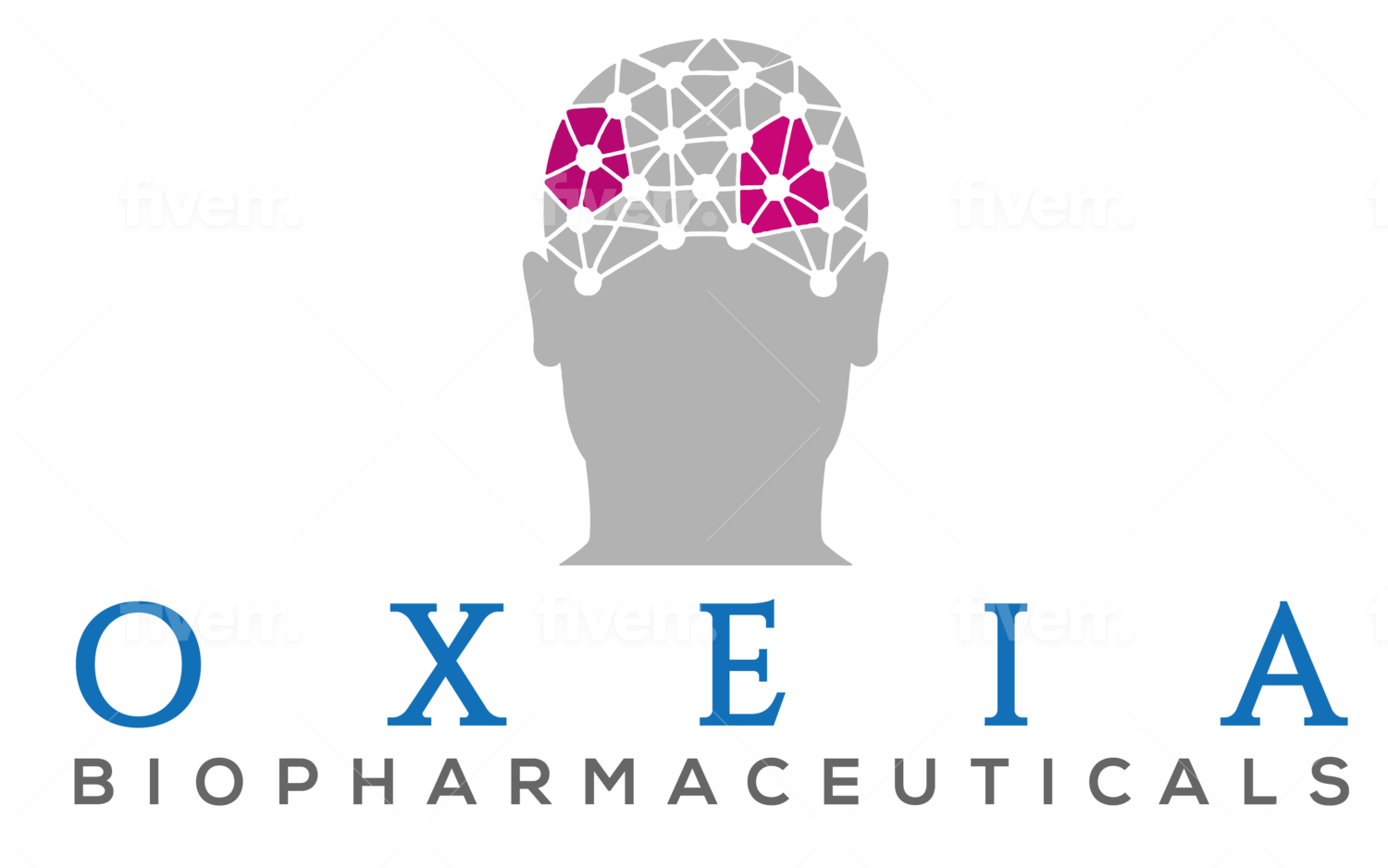The High Incidence of Concussions Among Seniors is Reason for Concern, but New Treatments May Be on the Way
The leading cause of injury for older adults is falling, with over 1 in 4 older adults reporting a fall each year, according to the Centers for Disease Control. The elderly also suffer concussions at far higher rates than any other group; falls are the primary cause.
While concussions in seniors have a greater impact and result in more serious symptoms, there is some positive news about concussions. In a handful of laboratories around the country, scientists are developing and testing medicines to help repair brain damage from concussions, whether because of falls, other kinds of accidents or on the sports field.
A concussion, also known as a mild traumatic brain injury (mTBI) is caused by a direct or indirect blow to the head that disrupts the normal function of the brain. Symptoms of a concussion include headaches, nausea, sensitivity to light and sound, memory problems and depression. While most people recover from concussions within a few weeks, some 20 to 30% will experience ongoing symptoms lasting months to years after injury.
There are over three million hospital emergency room visits for concussions every year in the U.S.. Because many concussions are not reported, the three million documented cases are just the tip of the iceberg. An estimated 15 to 20 million people a year with concussions do not seek medical help and, as a result, go undiagnosed. In a CBS News story, which drew attention to this issue in seniors, an emergency room physician and geriatric specialist at Ohio State University Hospital, Lauren Southerland, stated “It’s not unusual for a 25-year-old athlete who received a blow to his head, to get a more thorough evaluation for a concussion than an elderly retiree.”
Media attention on concussion risk in sports, such as football and hockey, has further heightened awareness of the long-term risks of concussions, and, recently, the CDC has been casting a spotlight on concussions and seniors. The CDC’s National Center for Injury Prevention and Control has fall prevention resources for seniors, caregivers, healthcare providers and health departments.
Working Towards Effective Treatments
Despite the prevalence of concussions over many decades and advances in so many areas of medicine, there have been few advances in concussion treatment. Prevention measures in all realms of life are a positive step and doubtless can and will continue to be improved, but even with these measures, concussions will not be eliminated. Effective therapeutic treatments and may be closer at hand, thanks to advances in molecular biology and in our understanding of how the brain works.
Currently there are a number of companies working on concussion medicines intended to treat symptoms and underlying damage. Our company, Oxeia Biopharmaceuticals is in Stage 2 clinical trials.
Previous work has found that a concussion causes damage inside the brain, particularly to glial cells, that in part disrupts the flow of information from one part of the brain to another. Central to Oxeia’s treatment is a hormone called ghrelin, which is a molecule that has neuroprotective properties and helps stabilize energy production and use in brain cells.
If all goes well, doctors could be prescribing the first drug to specifically treat concussions in as few as five years.
This will be a huge milestone because fewer than two decades ago, little was known about the serious effects of concussions, even though the condition was recognized in the 10th century by the Persian physician, Rhazes, in the 10th century. For researchers and others who work hard to bring a breakthrough medicine to market, the effort is often personal. The founders, researchers and physicians of our company have experienced concussions in their personal lives and understand the debilitating symptoms can significantly impair normal activity. New treatment options for patients are greatly needed. Rest is not enough.
